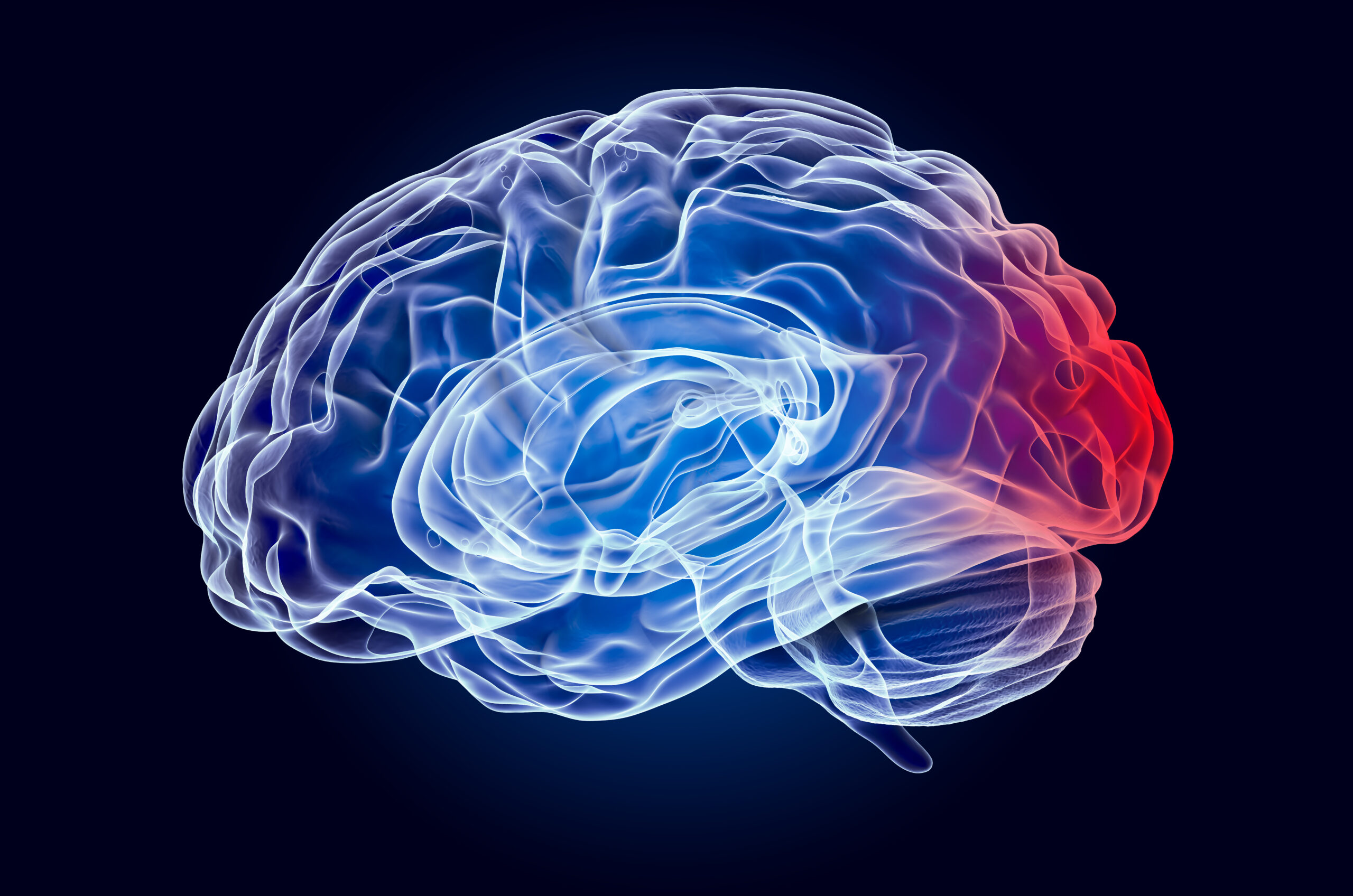Why do some people get more freckles as they age
As people get older, some notice that they develop more freckles or dark spots on their skin. This happens because of a mix of factors involving genetics, sun exposure, and changes in the skin as it ages.
Freckles are small patches of concentrated melanin, the pigment that gives our skin its color. When your skin is exposed to sunlight, it produces more melanin to protect itself from UV damage. This can cause freckles to appear or become darker[5]. Over time, repeated sun exposure adds up and can lead to an increase in these pigmented spots.
Interestingly, while younger people tend to have more facial freckles overall, older individuals often see an increase in other types of pigmented spots like age spots or nevi (moles), which grow in number with age[1]. The body’s ability to repair skin damage slows down as we get older. This means that any damage caused by UV rays or environmental factors like pollution accumulates more easily[3][5].
Genetics also play a big role. Certain genes such as IRF4 and MC1R influence how likely you are to develop freckles and other pigmented lesions[1][2]. Women tend to have a higher chance of developing these marks compared to men.
In summary:
– Freckles form due to melanin production triggered by sun exposure.
– Younger people usually have more facial freckles; however, with aging comes an increase in other pigmented spots like moles.
– Aging reduces the skin’s ability to repair itself leading to accumulation of pigmentation.
– Genetics determine individual susceptibility.
– Environmental factors such as UV rays and pollution worsen pigmentation over time.
So if you find yourself getting more freckles or dark spots as you age, it’s mainly because your skin has been exposed repeatedly over the years and its natural defenses weaken with time—plus your genes decide how much pigment your body produces when reacting to those exposures.





